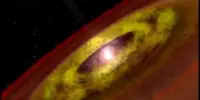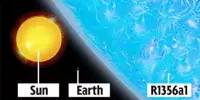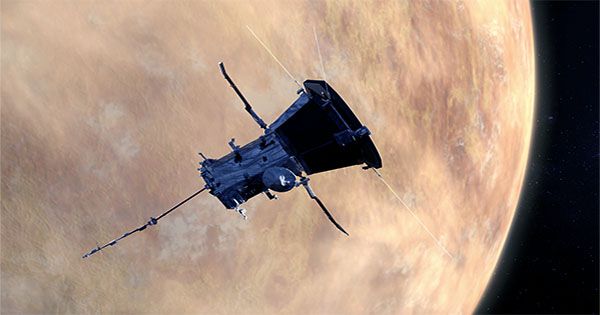According to an international team of scientists, a 900-year-old cosmic riddle regarding the origins of a renowned supernova originally witnessed above China in 1181AD has finally been answered.
According to new research published today (September 15, 2021), a small, rapidly expanding cloud (or nebula) dubbed Pa30 encircling one of the Milky Way’s brightest stars, Parker’s Star, fits the description, location, and age of the historic supernova.
Astronomers have seen the closing days and dying throes of a red supergiant star before it collapses and explodes into a supernova for the first time. Although a handful of a different type have been caught in the act of bursting, supernovas are usually only discovered after they have occurred.
Scientists discovered the star in its terminal stages around 130 days before it exploded, and they were able to observe it grow brighter and brighter before it exploded. The supernova flash and subsequent measurements revealed that the star was surrounded by gas shells when it exploded, most likely the same gas it had spewed in the month preceding the explosion.
In the last millennium, the Milky Way has seen only five brilliant supernovae (starting in 1006). The Chinese supernova, also known as the ‘Chinese Guest Star,’ which occurred in 1181AD, has remained a mystery.
It was first observed and recorded by Chinese and Japanese astronomers in the 12th century, who claimed it was as bright as Saturn and visible for six months.
Only around 10% of supernovae are of this type and they are not well understood. The fact that SN1181 was faint but faded very slowly fits this type. It is the only such event where we can study both the remnant nebula and the merged star, and also have a description of the explosion itself.
Professor Albert Zijlstra
They also noted the approximate location of the sighting in the sky, but modern astronomers have yet to find a definite residue of the explosion. The other four supernovae, including the renowned Crab nebula, are now widely known to modern science.
The source of this 12th-century explosion was unknown until now, when a team of international astronomers from Hong Kong, the United Kingdom, Spain, Hungary, and France, led by Professor Albert Zijlstra of The University of Manchester, discovered it.
The astronomers discovered that the Pa 30 nebula is expanding at a rate of more than 1,100 kilometres per second in their new paper (at this speed, traveling from the Earth to the Moon would take only 5 minutes). They calculate an age of roughly 1,000 years using this velocity, which corresponds to the events of 1181AD.
Prof Zijlstra (Professor in Astrophysics at the University of Manchester) explains:
“The historical reports place the guest star between two Chinese constellations, Chuanshe and Huagai. Parker’s Star fits the position well. That means both the age and location fit with the events of 1181.”
A merging of two White Dwarfs has previously been hypothesized as the consequence of Pa 30 and Parker’s Star. Such processes are thought to result in a ‘Type Iax supernova,’ which is an uncommon and dim type of supernova.
Prof Zijlstra added: “Only around 10% of supernovae are of this type and they are not well understood. The fact that SN1181 was faint but faded very slowly fits this type. It is the only such event where we can study both the remnant nebula and the merged star, and also have a description of the explosion itself.”
Extreme nuclear processes occur when remnant stars, white dwarfs, and neutron stars merge, forming heavy, neutron-rich metals like gold and platinum.
Prof. Zijlstra said: “Combining all this information such as the age, location, event brightness, and historically recorded 185-day duration, indicates that Parker’s star and Pa30 are the counterparts of SN 1181. This is the only Type Iax supernova where detailed studies of the remnant star and nebula are possible. It is nice to be able to solve both a historical and an astronomical mystery.”
















